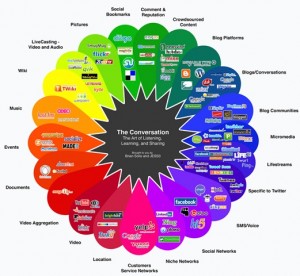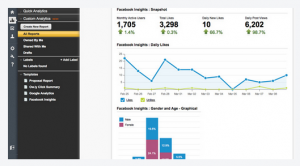
Strategy
There is an astonishing array of tools available for businesses of all sizes, with prices ranging from free to thousands of dollars per month. It is essential to have a listening strategy in place before throwing resources towards an expensive system which, without proper optimization, could potentially produce a deluge of data and result in analysis paralysis. Strategic objectives need to be evaluated and clarified to guide your business through the process of selecting a listening system that will meet your business needs and goals.
Channels
Many listening systems limit their monitoring solutions to specific channels. Almost all listening systems monitor Facebook and Twitter, but as niche networks such as Pinterest, Tumblr and Instagram increase in popularity[1], marketers will have to make sure their tools are listening to the channels where customer conversations are taking place. As the digital landscape continues to shift and evolve, it is essential to have a tool that is capable of dynamically adapting to these changes.

Number of Results
Certain listening systems limit the number of returns for keywords or phrases. Depending on the strategic goals for your listening strategy this may not be an issue, but large organizations and brands will need to consider whether or not they will exceed this limit as well as whether the manpower is available to effectively monitor, analyze, and respond.

Reporting/User Interface
Listening systems range from complex, sophisticated front-end systems that will require in-depth training to setup, optimize and evaluate to graphically informative and intuitive decision-making dashboards. It is important to balance usability with high-quality results. While some of the systems produce stunning reports, it’s all just bells and whistles if the information is not actionable.




Sorry, the comment form is closed at this time.